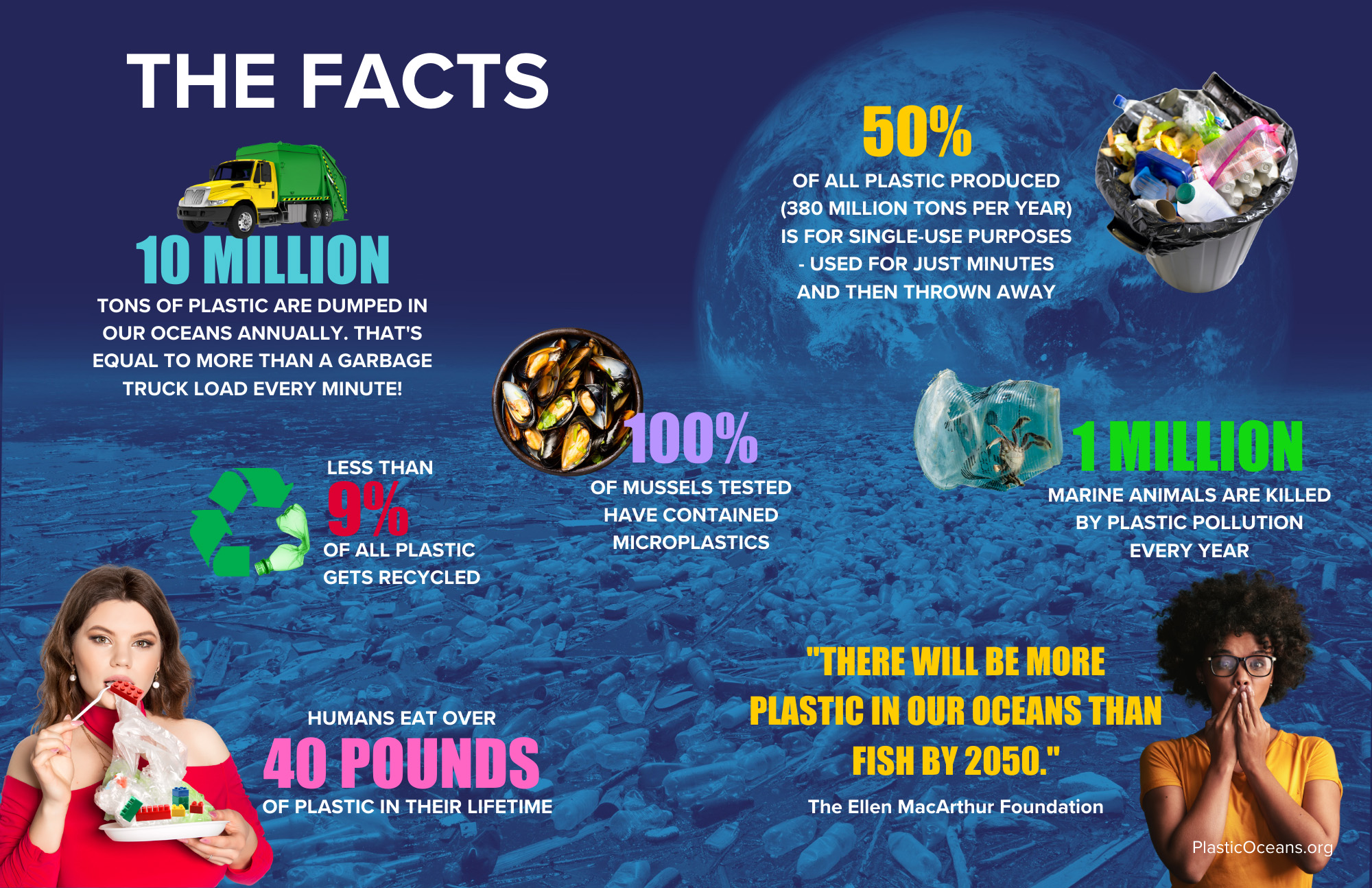
PARIS, April 16, 2023 (BSS/AFP) - G7 nations on Sunday committed to eliminating plastic pollution by 2040, ahead of negotiations in Paris next month to establish a UN plastics treaty by the end of 2024.
Despite the world's seemingly insatiable appetite for plastic, how is the fight for reducing its impact on the environment gaining momentum?
- An international treaty by the end of 2024?
G7 members (United States, Japan, Germany, France, United Kingdom, Italy and Canada) committed to zero plastic pollution by 2040 -- an attainable goal thanks to the rise of the circular economy and the reduction or banning of single-use plastics and non-recyclables, according to a Sunday statement.
Further commitments are also pending: a year ago in Nairobi, 175 countries convened to put an end to plastic pollution worldwide by developing a legally-binding United Nations treaty by the end of 2024.
The next session to negotiate the treaty is scheduled for May in Paris.
Among the anticipated measures is a global ban on single-use plastics, the establishment of a "polluter-pays" system and a tax on the production of new plastic.
- How much plastic does the world produce?
Global plastic production almost doubled between 2000 and 2019, from 234 million tonnes to 460 million tonnes, according to the Organisation for Economic Co-operation and Development (OECD).
Plastic waste more than doubled in that time, reaching 353 million tonnes in 2019.
But global production fell slightly in 2020 due to the coronavirus pandemic for only the third time in the history of modern industry, according to trade association Plastics Europe.
The OECD said 22 million tonnes of plastic were discarded in the environment in 2019 alone, with six million tonnes ending up in waterways, lakes and oceans.
Plastic makes up at least 85 percent of total marine waste, according to the UN Environment Assembly.
- Where is plastic produced?
More than half of the plastic came from Asia in 2020, with China representing almost one-third of the global total.
Plastic production in the world's second-largest economy jumped by 82 percent between 2010 and 2020, well above the global growth average of 30 percent, according to a Plastics Europe report.
Europe's production in 2020 was 55 million tonnes, a five-percent fall on 2019 levels.
The growth mostly came from the United States and the Middle East as primary materials there are much cheaper, and from China because its demand is growing more strongly, said Jean-Yves Daclin, Plastics Europe's director general for France.
- What about the future? -
A 2021 report by the World Wildlife Fund estimated that global plastic production would double by 2040.
Recycling is the main solution to halt the relentless march of plastic production.
Although Europe recycles more than one-third of its plastic waste, globally only around nine percent of plastic waste was recycled in 2019, according to the OECD.
Other solutions include developing packaging-free products, returnable items and eco-friendly designs with long lifespans.
- Oil-free plastic? -
Plastic made from bio-friendly sources -- such as sugar, starch, corn and wheat -- represents less than one percent of global production.
The use of agricultural land and water resources limits their development as a way of reducing oil consumption in plastic production.
Even worse, these plastics are rarely completely biodegradable or compostable and "in reality only dodge the issue", according to the Heinrich Boell Foundation, an environmental think tank in Germany.
The problem has spurred the development of second- and third-generation plastics sourced from vegetable waste or algae.
Another promising technique is making plastic from the carbon dioxide belched out into the atmosphere by industry.
Factories have started to emerge, including in Austria, where the company Covestro manufactures polyurethane.